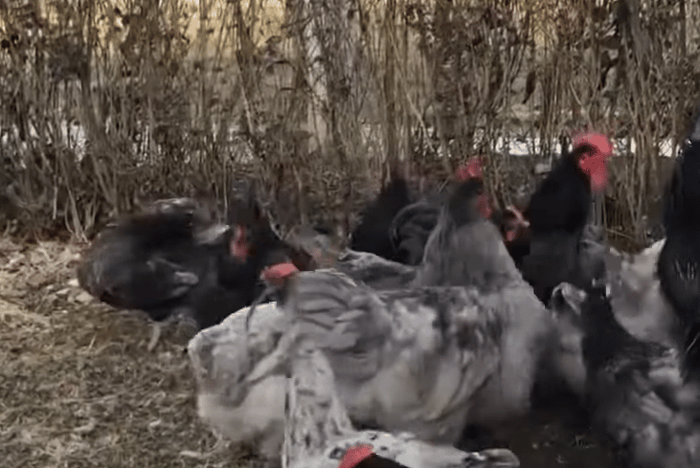Assessing change in poultry systems require a different approach to assessing productivity and production in a system. In economics, this means looking at the marginal impacts not overall system.
Important factors that can change in poultry systems include; food prices, labour prices, technology and animal health status. To assess change, we first need to estimate the: marginal or additional increases in inputs and outputs; check the market prices and accessibility for the inputs and outputs and compare the marginal or additional benefits against the marginal cost. Partial budgeting is a tool used to assess small changes of short duration. It‘s based on additional costs and benefits.
Assessing change
The relationship between the inputs and outputs is technical. The use of resources however is influenced by price of inputs and outputs. The market for both inputs and outputs are therefore a critical aspect of assessing change. A change implies additional costs (new cost or revenue foregone)
A change also implies additional benefits (cost saved and new revenue). These creates a matrix. It looks simple and is a good way to avoid missing important issues and to avoid double counting.
Costs and Revenue
New costs are those that relate directly to the implementation of an interventional project eg vaccines. Revenue foregone is the income sacrificed by making a change. Opportunity cost of change.
Cost saved relate to the expenditure that will seize to exist eg if a disease is eradicated or controlled, such cost may have been paid by farmers and the government. New revenue is the extra income generated by a poultry health intervention that changes the poultry health status.
Poultry diseases
This is made up of two main components; direct loses which include visible losses eg dead animals and invisible losses such as changes in flock structure. Indirect losses relate to the additional costs of surveillance, control and prevention, as well as the loss of revenue.
According to the economic logic, if the avoidable losses are greater than the cost of a change in disease status, the investment is worthwhile.



















